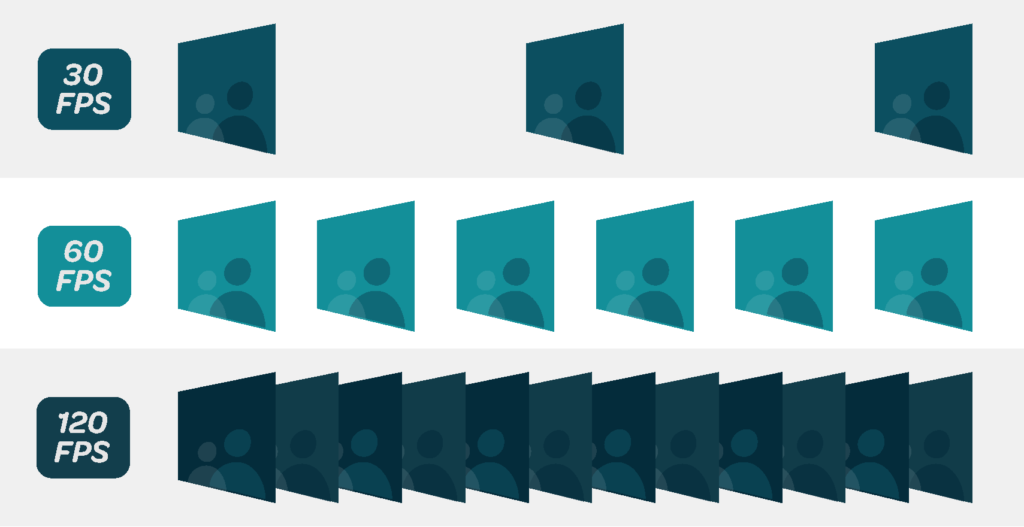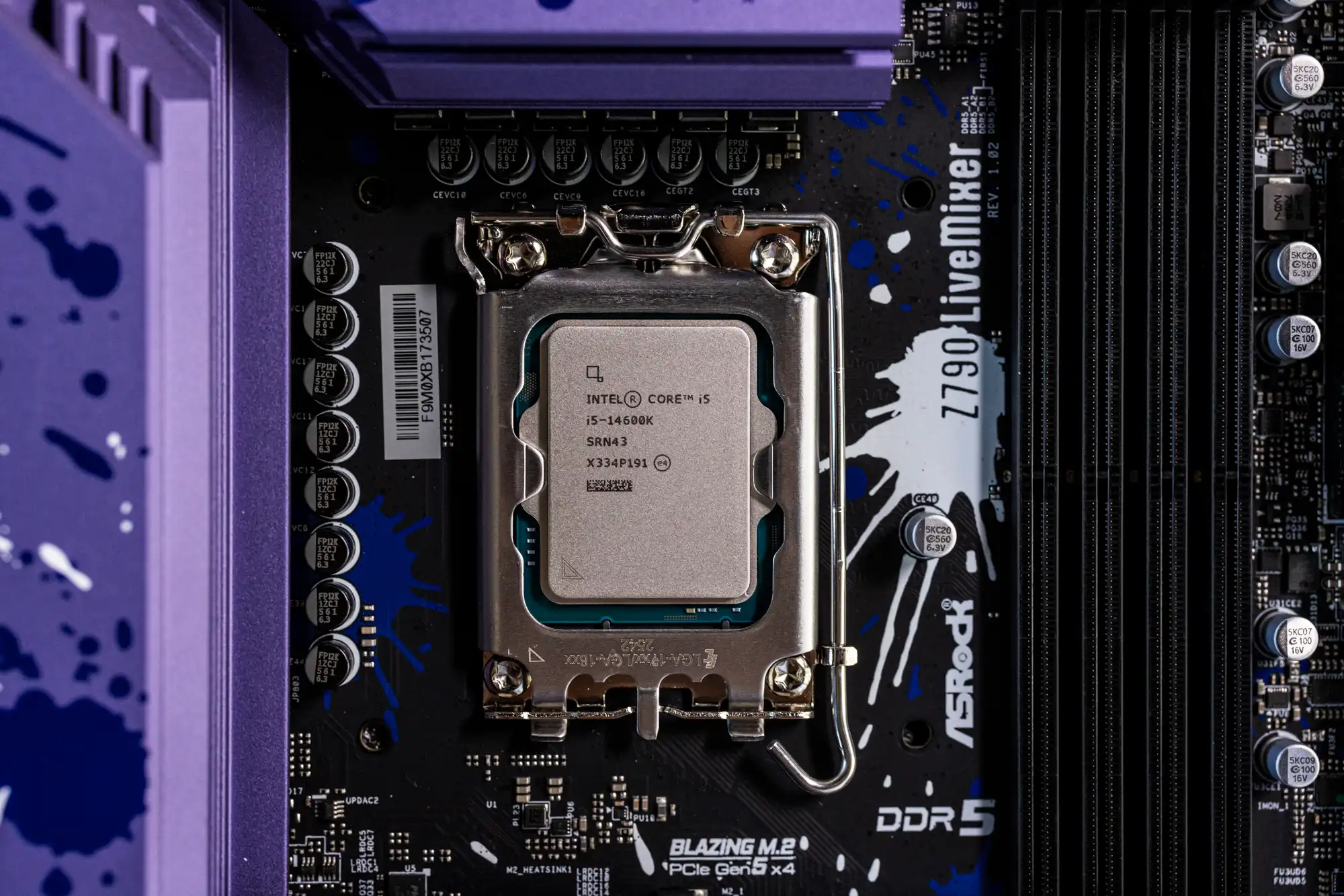
After upgrading my desktop PC with a shiny new GeForce RTX 3070 graphics card, I couldn’t resist the temptation to monitor my gaming performance using a frame rate counter. Initially, the experience was exhilarating; witnessing my frame rates soar to unprecedented heights in games like WoW, Fortnite, and Apex Legends was a validation of my investment in cutting-edge hardware. Not only did the counter display impressive frame rates, but it also provided a plethora of additional performance metrics, from RAM usage to fan speed, courtesy of the MSI Afterburner app.
However, the allure of monitoring my gaming performance soon gave way to frustration and distraction. Instead of immersing myself in the gameplay, I found myself obsessively analyzing the fluctuating statistics, questioning the integrity of my hardware and the presence of potential bottlenecks. The constant presence of the FPS counter in my field of view proved to be a significant distraction, hindering my ability to focus on crucial details within the game environment.
Moreover, the counter obscured vital elements of the gameplay, affecting my performance in FPS games like Fortnite and Apex Legends. Details that were once clear and discernible became muddled amidst the barrage of statistics, leading to missed opportunities and compromised gameplay experiences. Even when the counter provided useful insights, such as detecting framerate drops, it often derailed my gaming sessions as I became fixated on adjusting settings to optimize performance, sacrificing valuable playing time in the process.
In the end, I made the decision to bid farewell to frame rate counters for serious gaming endeavors. Embracing a counter-free and stat-free approach has allowed me to reclaim my focus and immerse myself fully in the gaming experience. By eliminating distractions and prioritizing gameplay over performance metrics, I’ve discovered a newfound enjoyment and satisfaction in gaming, free from the constraints imposed by constant monitoring and analysis.




